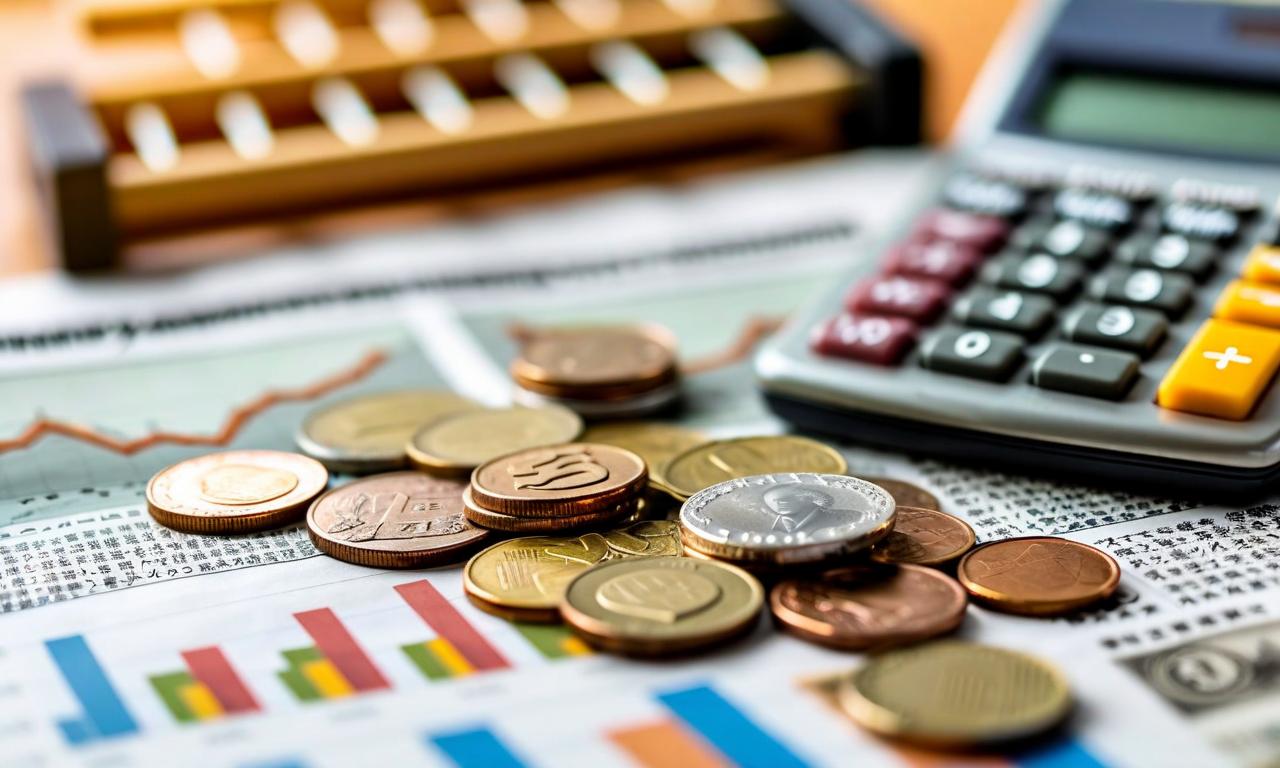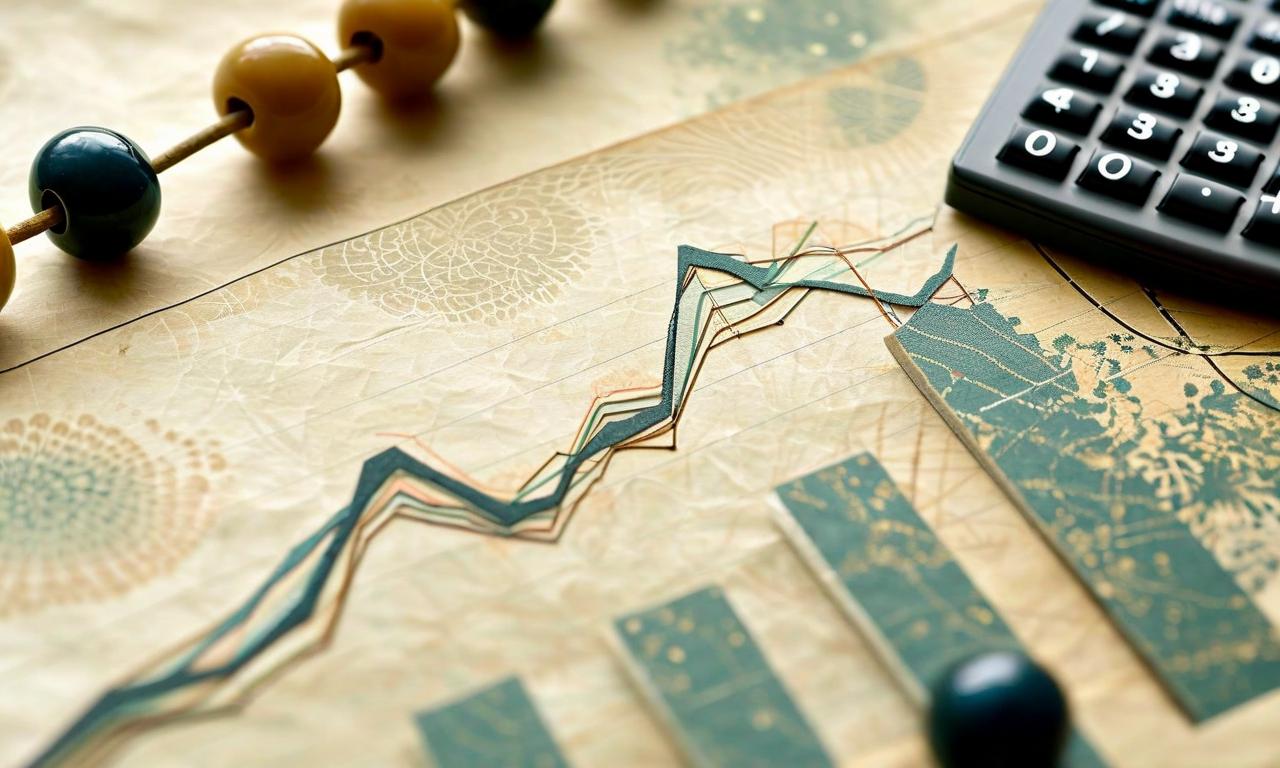Japan's 10-Year Bond Yield Soars to 17-Year High Amid Political Uncertainty
Japan's 10-year government bond yield has reached 1.67%, its highest since July 2008, as markets react to the upcoming Liberal Democratic Party leadership election. The 5-year yield matches a 17-year peak at 1.24%, while the 30-year yield stands at 3.16%. Bank of Japan Governor Kazuo Ueda has not provided clear guidance on potential interest rate hikes, citing risks from a potential U.S. labor market slowdown and global tariffs. Traders currently assign a 37% probability to a quarter-point rate increase on October 30th. The LDP leadership race between Shinjiro Koizumi and Sanae Takaichi adds further complexity to Japan's economic outlook.

*this image is generated using AI for illustrative purposes only.
Japan's bond market is experiencing significant turbulence as the country's political landscape braces for change. The yield on newly issued 10-year Japanese government bonds (JGBs) has surged to 1.67%, marking its highest level since July 2008. This spike comes as markets anticipate the upcoming Liberal Democratic Party (LDP) leadership election, adding an element of uncertainty to the financial outlook.
Bond Yields and Market Sentiment
The dramatic rise in JGB yields reflects growing investor concerns and shifting market dynamics. Here's a breakdown of the current bond yield situation:
| Bond Type | Yield | Note |
|---|---|---|
| 10-year JGB | 1.67% | Highest since July 2008 |
| 5-year JGB | 1.24% | Matching a 17-year peak |
| 30-year JGB | 3.16% | Down 1.5 basis points from recent record highs |
The 30-year JGB yield has retreated slightly from its record high of 3.29% reached a month ago, a peak that was influenced by fiscal concerns following the LDP's underwhelming performance in recent upper house elections.
Bank of Japan's Stance
Adding to the market's uncertainty is the ambiguous stance of the Bank of Japan (BOJ). Governor Kazuo Ueda has refrained from providing clear guidance on a potential interest rate hike at the end of October. Ueda cited risks from a potential slowdown in the U.S. labor market and global tariffs as factors influencing the central bank's decision-making process.
Despite the lack of clear signals from the BOJ, market participants are speculating on the possibility of a rate hike. Currently, traders are assigning a 37% probability to a quarter-point rate increase on October 30th.
Political Landscape and Its Impact
The upcoming LDP leadership race is adding another layer of complexity to Japan's economic outlook. The contest is primarily between two prominent figures:
- Shinjiro Koizumi, the current Farm Minister
- Sanae Takaichi, a seasoned politician
The outcome of this leadership election could have significant implications for Japan's economic policies and, consequently, its bond market.
Market Implications
The surge in bond yields, particularly the 10-year benchmark, suggests that investors are demanding higher returns for holding Japanese government debt. This could be attributed to a combination of factors, including:
- Anticipation of potential policy changes following the LDP leadership election
- Uncertainty surrounding the BOJ's future monetary policy decisions
- Global economic pressures, including concerns about the U.S. labor market and international trade tensions
As Japan navigates these choppy financial waters, market participants will be closely watching both political developments and central bank communications for clues about the future direction of interest rates and bond yields.




























